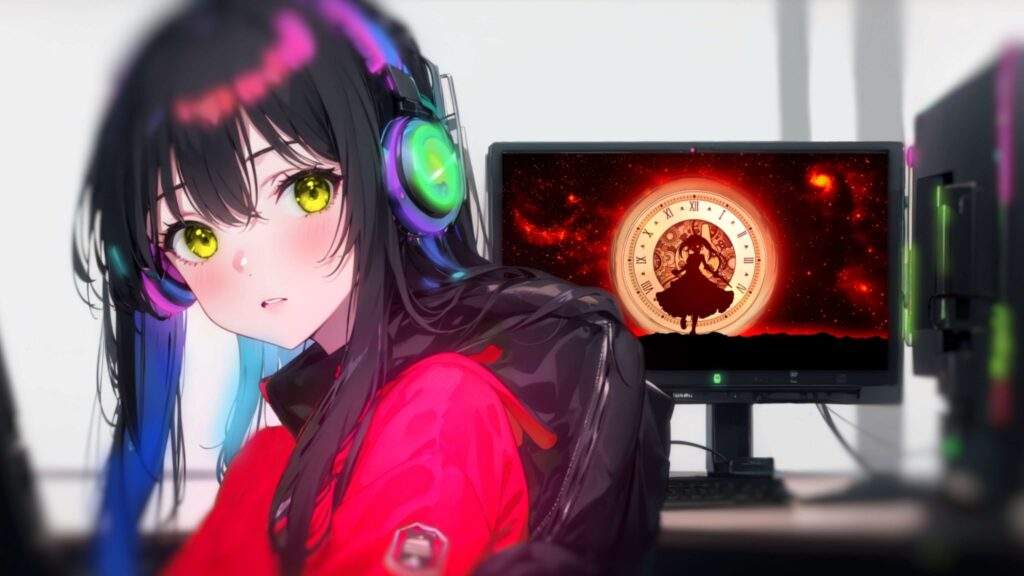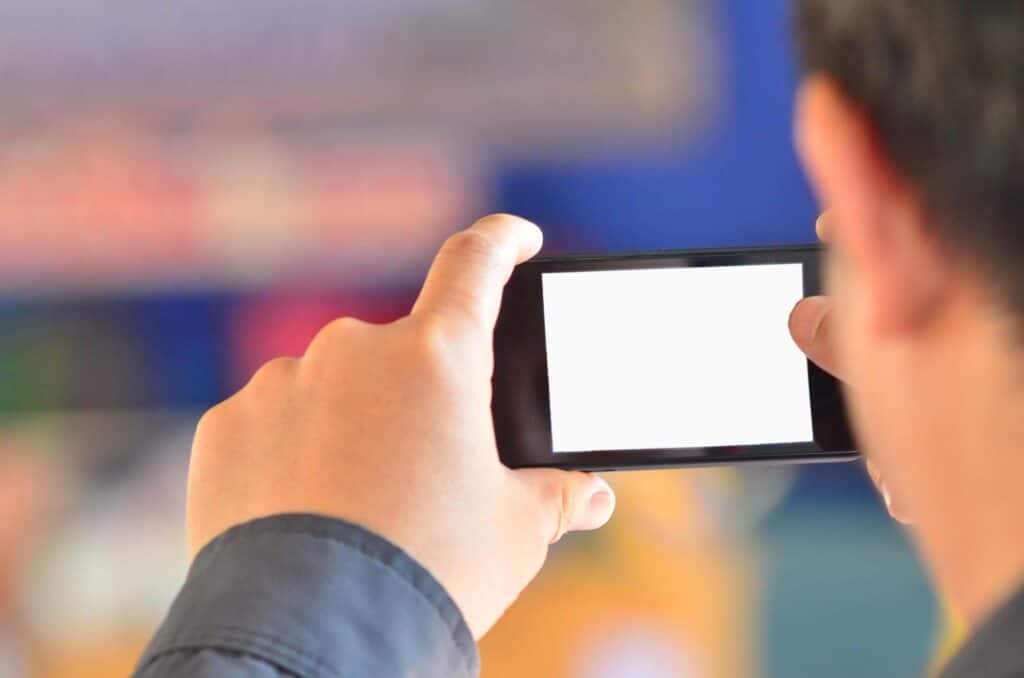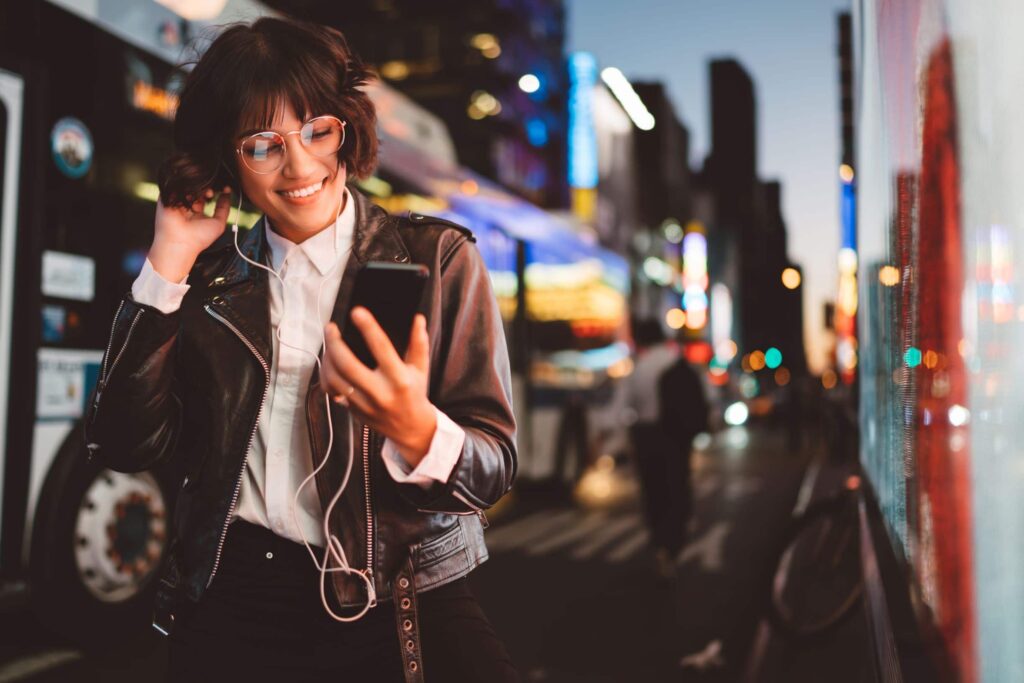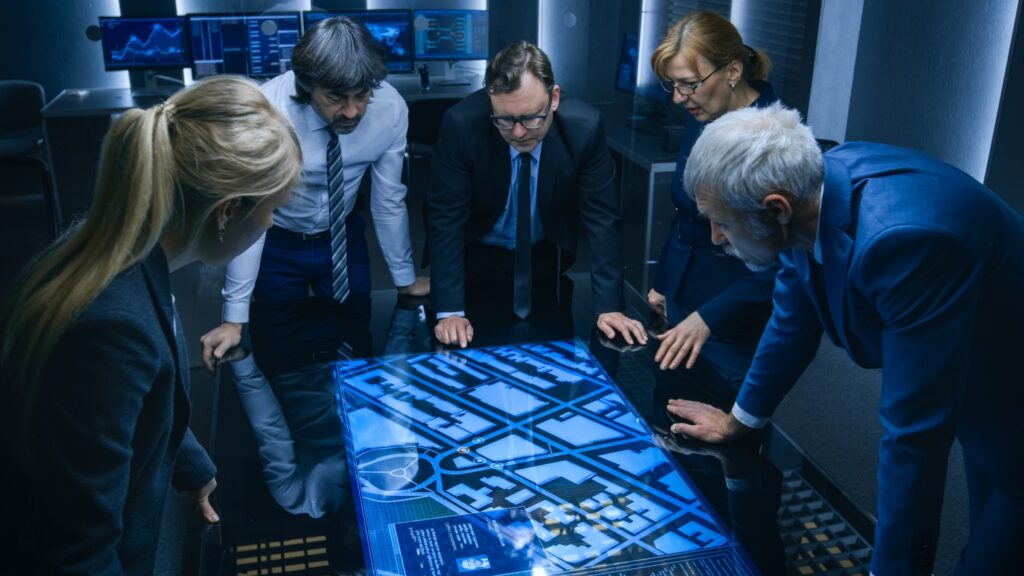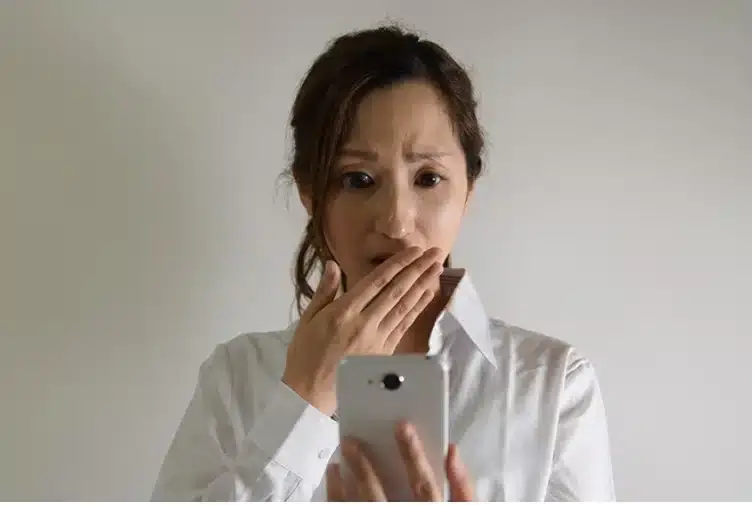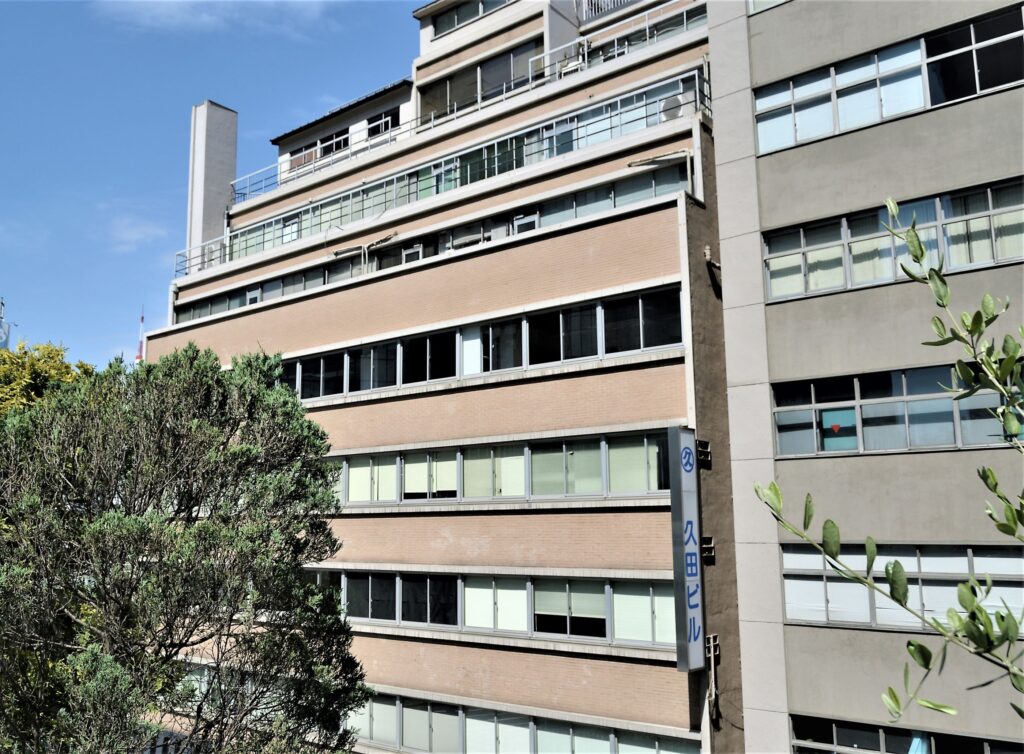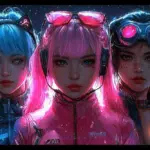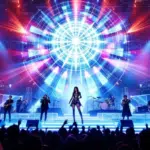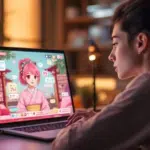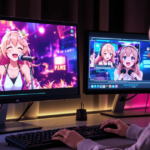Can Copyright be Granted to Ideas? Explaining Case Law on Copyrighted Works of Photography and Art
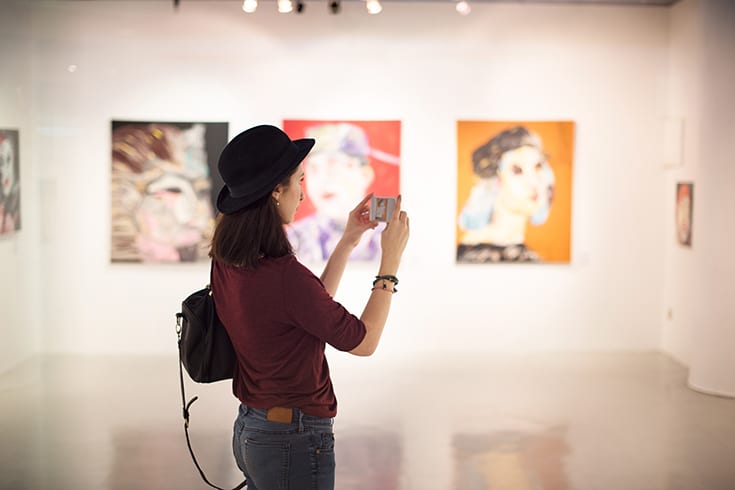
The works protected by the Japanese Copyright Law are those that are creatively expressed in a concrete form. Ideas or theories, thoughts or emotions themselves, even if they are original and novel, are not recognized as works under the law.
In this article, we will explain how ideas and copyrights are judged in the case of photographic and artistic works.
For a detailed explanation on how ideas and copyrights are judged in the case of linguistic works, please refer to the article below.
https://monolith.law/corporate/idea-copyright-admit-expression[ja]
Copyright of Ideas and Photographs
There have been cases where the original photographer has claimed copyright infringement when someone else has taken a photograph of the same subject and published it in a book.
The Ruins Photography Case
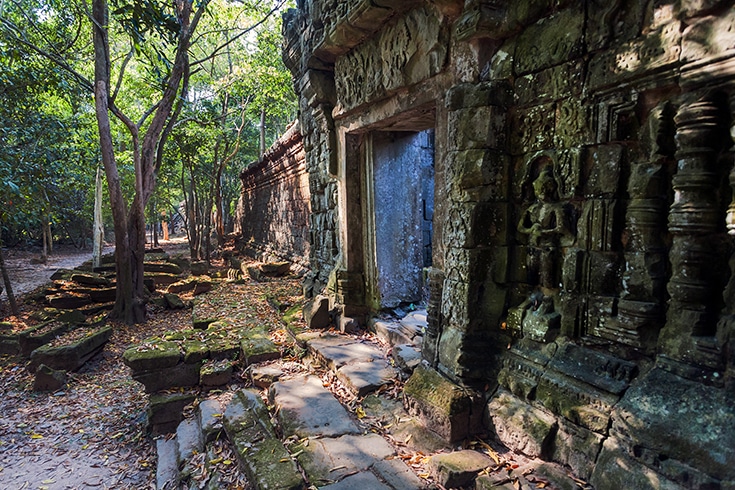
A photographer, famous for his “ruins photography”, claimed that the defendant’s act of taking photographs of the same subjects (five ruins) and publishing and distributing them in a book infringed on his copyright (adaptation rights, reproduction rights as the original copyright holder, and transfer rights) and moral rights (right to claim authorship) of the photographic works. He also claimed that it infringed on his business profits arising from being a pioneer in the genre of “ruins photography”, and sought damages.
The court ruled that the plaintiff’s claims of infringement of reproduction rights, transfer rights, and the right to claim authorship were not established.
The court examined whether the “essential personalityistics of the expression in the plaintiff’s photographs and the choice of subjects and composition” and “whether the essential personalityistics of the expression can be directly perceived in the defendant’s photographs” in relation to the adaptation rights of the five photographs, citing a Supreme Court precedent (Supreme Court decision of June 28, 2001 (Gregorian calendar)) that defines “adaptation of a work” as “an act of creating a new work that can directly perceive the essential personalityistics of the expression of an existing work by relying on it and maintaining its essential personalityistics of expression while modifying, adding, or changing the concrete expression to creatively express thoughts or feelings”.
First, the court stated that, for example, regarding a photograph of the ruins of the old Maruyama substation in Gunma Prefecture,
the plaintiff claimed that his innovative composition of the abandoned and ruined interior of the building had a strong impact on the viewer. However, the choice of the interior of the old Maruyama substation as the subject is an idea, not an expression itself. While there are essential personalityistics of expression in the techniques of expression such as the season of shooting, angle of shooting, color scheme, and angle of view, the subject and composition or direction of shooting itself cannot be said to have essential personalityistics of expression.
The court also stated,
Although plaintiff’s photograph 1 and defendant’s photograph 1 have commonalities in terms of the subject (the interior of the old Maruyama substation), composition, and direction of shooting, the overall impression received from the photographs is significantly different, and it is not possible to directly perceive the essential personalityistics of the expression of plaintiff’s photograph 1 from defendant’s photograph 1.
And made the same judgment for photograph 2 (the ruins of the Tsuodo Power Station near the Ashio Copper Mine), photograph 3 (the exterior of a building near the Oonishi Gold Mine), photograph 4 (the interior of the machinery room of the Okutama Ropeway), and photograph 5 (the bridge remains of the old Ou Main Line). In the end, the court stated,
There is no reason for the plaintiff’s claim that the creation of the defendant’s photographs constitutes an adaptation of the plaintiff’s photographs.
The plaintiff also claimed that,
The business profits arising from being recognized as the person who first discovered and featured “ruins” as a subject, i.e., the various business benefits derived from being recognized by the public as a pioneer in handling ruins as photographic works, are interests worthy of legal protection, and claimed infringement of these profits. In response to this, even if the person who first took a photograph of a certain ruin as a subject and presented it as a work spent a great deal of time and effort in discovering or excavating the ruin, it is not reasonable to restrict others from taking photographs of the same ruin as a subject or to require them to indicate that the person who first featured the ruin as a subject was the above-mentioned person when presenting their photographs as works, since the ruin is an existing building. It is unreasonable to require the permission of the person who first took a photograph of a certain ruin as a subject and presented it as a work in order to take a photograph of the same ruin as a subject, or to require the indication of the existence of the above-mentioned person’s photograph in order to present the taken photograph as a work.
Tokyo District Court, December 21, 2010 (Gregorian calendar) decision
The plaintiff appealed this decision, but the Intellectual Property High Court dismissed the appeal. The Intellectual Property High Court also stated,
The choice of ruins as a subject is an idea, not an expression itself. Since ruins are existing buildings and the photographer did not intentionally arrange the subject or add the subject matter himself, it cannot be said that the subject itself has essential personalityistics of expression, and the subject and composition or direction of shooting itself cannot be said to have essential personalityistics of expression.
Decision of May 10, 2011 (Gregorian calendar)
https://monolith.law/corporate/copyright-infringement-relatedtothe-program[ja]
Copyright of Ideas and Art
An instance occurred where a contemporary artist claimed that the object “Goldfish Telephone Box”, a tourist attraction in Yamato Koriyama City, Nara Prefecture, closely resembled their own work and infringed on their copyright. The artist sought damages from entities such as the Yamato Koriyama City Shopping District Cooperative.
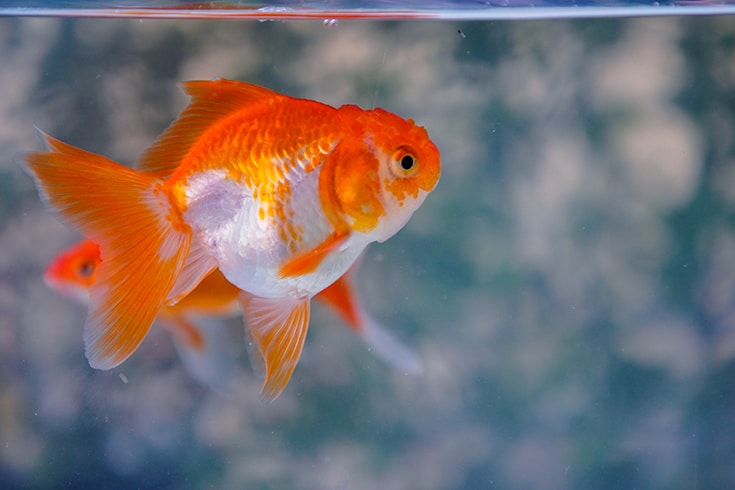
Goldfish Telephone Box Case: First Instance
The “Goldfish Telephone Box” is an object created using parts of a public telephone box, in which real goldfish were made to swim. It was created by a group of students in 2011 and installed in Yamatokoriyama City in 2014. On the other hand, the plaintiff’s work was created no later than 2000.
The plaintiff’s work is a structure shaped like a public telephone box, filled with water, and goldfish are made to swim inside. The roof of the structure is yellow-green, and a two-tiered square shelf is installed inside. A yellow-green public telephone is placed on the upper shelf, and its receiver is detached from the hanger and fixed in a floating state at the top of the body, generating bubbles from the receiver.
On the other hand, the defendant’s work is a structure using parts of a public telephone box that was actually in use, filled with water, and goldfish are made to swim inside. The roof of the structure is red, and a two-tiered shelf is installed inside. A gray public telephone is placed on the upper shelf, and its receiver is detached from the hanger and fixed in a floating state at the top of the body, generating bubbles from the receiver.
The plaintiff claimed the copyright of this work on the following two points:
1. The plaintiff’s work is a work in which a public telephone is installed in a public telephone box-like structure filled with water, and goldfish are made to swim, and bubbles are generated from the receiver. By making the innovative choice of making goldfish swim in a public telephone box-like structure in the city, it has become an expression that attracts the interest of the general public. Also, 2. The expression of generating bubbles from the receiver is indeed a manifestation of the plaintiff’s personality, and it is not an idea that necessarily arises for sending air into the tank. To send air into the tank, it is functionally optimal to install a filter device or air stone at the bottom of the tank separately and send air, and for other similar works, air does not come out from the receiver. In this way, the plaintiff’s work is one in which considerable ingenuity has been applied, the plaintiff’s personality has been demonstrated, and the plaintiff’s thoughts or feelings have been creatively expressed.
The court, however, judged that this is not subject to protection under copyright law.
Also, in the judgment, it was stated:
While it can be considered a work because the author’s unique thoughts or feelings are expressed in the specific expressions of the color and shape of the public telephone box-like structure, the type, color, and arrangement of the public telephone installed inside, 1. Although the plaintiff’s idea of incorporating an extraordinary scene of goldfish swimming inside a commonplace object like a public telephone box is novel and original, this is nothing more than an idea.
It also stated that 2. is not subject to protection for the following reasons:
Even the mechanism of generating bubbles using the receiver part of the public telephone is obvious that it is necessary to inject air into the water to realize the idea of making many goldfish swim in a structure of the size and shape of a public telephone box, and if you try to generate bubbles from something that normally exists in a public telephone box, it is a rational and natural idea to generate it from the receiver that originally has a hole.
Nara District Court, July 11, 2019 Judgment
In other words, once the idea is decided, the options for realizing it are limited, and giving protection under copyright law to such limited methods would lead to a monopoly of ideas. And when comparing the two works, the parts where the plaintiff claims identity are expressions that inevitably arise from ideas and ideas that are not protected under copyright law, and it is not possible to directly perceive the plaintiff’s work from the defendant’s work, so it is not possible to recognize the identity of the plaintiff’s work and the defendant’s work, and it cannot be recognized that the plaintiff’s copyright has been infringed by the defendant’s work
Thus, the plaintiff’s claim was dismissed.
Goldfish Telephone Booth Case: Appeal Trial
The plaintiff appealed the first instance judgment, and in January 2021, the Osaka High Court overturned the first instance judgment, acknowledging copyright (reproduction right) infringement and ordering the payment of 550,000 yen in damages and the disposal of the goldfish telephone booth (Osaka High Court judgment, January 14, 2021).
The point of contention that led to opposite judgments in the first instance and appeal trials was how to interpret the expression of “bubbles emerging from the receiver”.
In the first instance, the idea of having goldfish swim inside a public telephone booth and the mechanism of producing bubbles using the receiver part were considered limited methods to realize the idea.
In the appeal trial, the court acknowledged the creativity of bubbles emerging from the receiver, stating that even if there were differences in the roof and telephone color, these were either commonplace expressions or expressions that viewers would not pay attention to. On the other hand, the part with creative expression, the “expression of bubbles emerging from the receiver”, was considered an expression that physically reproduces an impossible state, and the defendant’s work was deemed a “reproduction” of the plaintiff’s work, thus acknowledging copyright infringement (reproduction right infringement).
While there are voices that find the appeal judgment surprising, in the first instance, the plaintiff argued,
“The expression of bubbles emerging from the receiver is indeed a manifestation of the plaintiff’s individuality, and it is not an idea that necessarily arises from sending air into the aquarium. Functionally, it is optimal to install a filter or air stone at the bottom of the aquarium to send air, and in other similar works, air does not come out of the receiver.”
In response, the court stated,
“If one were to generate bubbles from objects that normally exist inside a public telephone booth, it would be a rational and natural idea to generate them from the receiver, which already has holes.”
And considered it a limited method to realize the idea.
However, why did the bubbles have to be generated from an object that “normally exists inside a public telephone booth”? Rather, as the plaintiff argued, it seems natural to consider “installing a filter or air stone at the bottom of the aquarium to send air” as the optimal function and a limited method to realize the idea.
The appeal court judged that the plaintiff’s individuality was demonstrated in the expression of an extraordinary scene by fixing the receiver in a floating state underwater, the fact that bubbles emerging from the receiver part of the receiver is an impossible state, and that this expression gives a strong impression to the viewer as if they are making a call. This judgment can be said to be almost entirely in line with the plaintiff’s argument.
Summary
Even if aspects other than the expression itself, such as the idea, are similar, it is not considered copyright infringement unless the essential personalityistics can be directly perceived. This applies not only to linguistic works but also to photographic and artistic works.
When considering copyright, it is very difficult to strictly distinguish between ideas and expressions. Please consult with an experienced attorney.
Category: Internet

